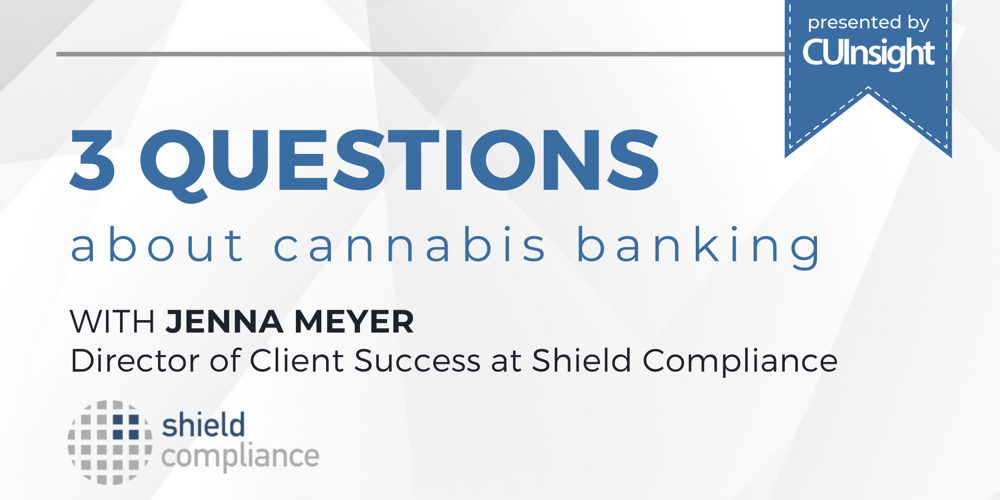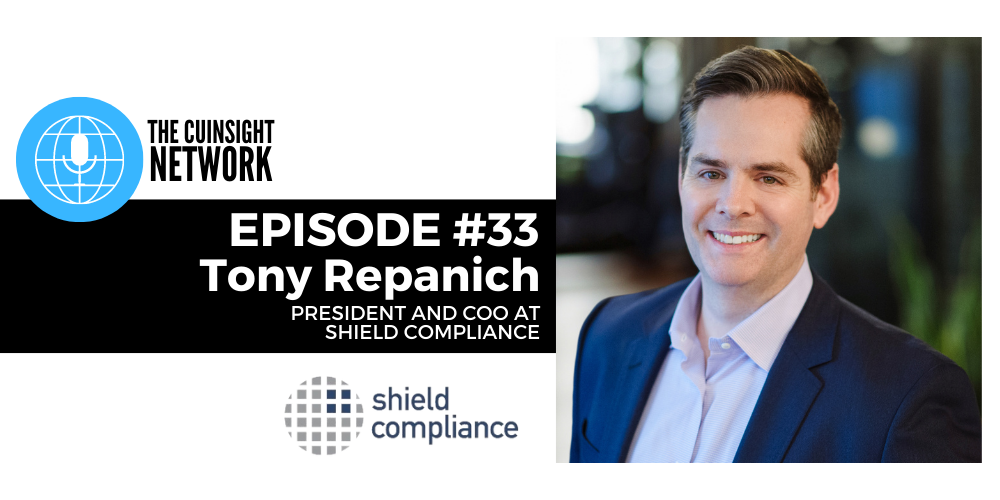One of the most challenging aspects of underwriting and validating high-risk accounts pertains to collecting, managing, and evaluating data. To adhere to the complex web of regulatory and compliance protocols, serving high-risk accounts requires extensive due diligence, resulting in a new member interrogation process that often drags on for weeks or months, creating unwanted confusion and frustration.
Rather than allocate costly human resources to the time-consuming task of data collection and validation, technology can automate this process, freeing bankers to spend more time delivering an exceptional member experience. For credit unions serving – or considering serving – high-risk lines of business such as the legal cannabis industry, simplifying and improving the new member onboarding experience can become an important competitive differentiator.
Credit Union 1, which serves approximately 89,000 members throughout Illinois, Indiana, and Nevada, launched its cannabis banking program in January 2020 when Illinois became the 11th state in the country to legalize recreational marijuana for adult use. Besides offering a full range of banking services to marijuana-related businesses (MRBs), Credit Union 1 also serves MRB employees by providing mortgages, auto loans, credit cards, home equity loans, and other financial services.
Recognizing the need to manage its program efficiently and compliantly, Credit Union 1 turned to technology to automate data collection and monitoring, facilitating the new member application and underwriting process. Todd Gunderson, the President and CEO of Credit Union 1, is laser-focused on delivering a compliant cannabis banking program.
“Having all of our member information centrally located and stored allows us to operate much more transparently, accelerate the pace of new member onboarding, and be even better partners with our members and regulators,” he explains. “It also makes us comfortable exploring additional opportunities to provide financial services to these members, including lending.”
Streamlining high-risk account onboarding offers these benefits:
- Keeps members moving through the application process. High-risk member applications require extensive due diligence before account opening. This can result in more documents requested and a deeper examination of beneficial owners. Documentation and data requirements should be informed by what the member has shared with the banker – not by lengthy onboarding checklists. By using technology to embed responses and associated logic in the application, members can be presented with only the requirements that directly apply to them, reducing the time spent onboarding new accounts.
- Facilitates collaboration. A high degree of collaboration is required for high-risk accounts – by both the applicant and the financial institution. While there may be one person responsible for getting the application into the credit union, there may be many people within the member’s organization responsible for different parts of the application. By automating data collection, financial institutions can facilitate cooperation within the applicant’s business to drive efficiency. Technology can help credit unions create a more seamless process internally that allows them to be more responsive to their members and approve applications more quickly.
- Decreases time in the sales cycle to close accounts faster. Unlike traditional business or consumer applications where accounts can be opened quickly based on member responses, the information provided by high-risk members may raise additional questions and require the collection of more information. By facilitating that back and forth within the application process and not creating a separate workflow or workstream outside of the secure application process, credit unions can speed up the application process and onboard members more quickly.
As more states pass cannabis legalization laws, competition for the best cannabis accounts is intensifying because these members provide a reliable source of non-interest income and can be a driver of credit union profitability in the long run. If you are seeking new sources of growth, it may be time to consider how technology can enable you to serve high-risk customers more efficiently, without sacrificing compliance outcomes.







